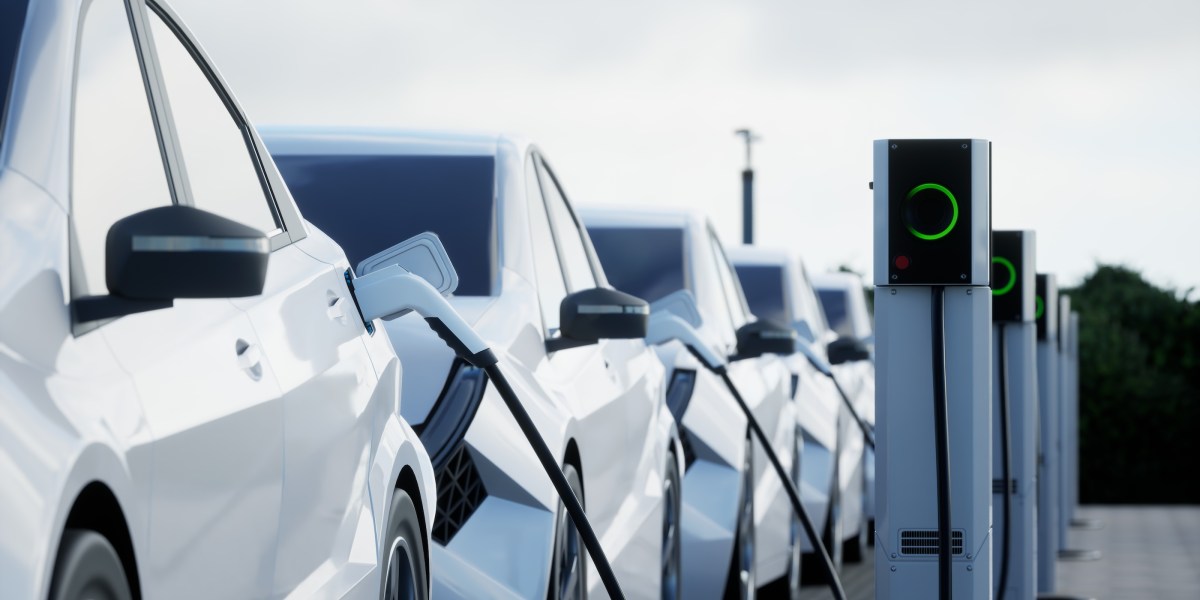Tesla’s Q3 2025 update reports record vehicle deliveries and record energy storage deployments, alongside higher revenue, but earnings pressure persisted due to margin headwinds and a likely pull-forward of demand before U.S. EV tax credits expired in September.
Shares dipped about 1.4% in after-hours trading as investors appeared to brace for softer demand through the remainder of the year.
CEO Elon Musk is expected to give more detail on the company’s quarterly earnings call at 5:30 p.m. Eastern time.
Q3 results
- Tesla delivered 497,099 vehicles in Q3 2025, a new quarterly record, with total production at 447,450 units, reflecting inventory drawdown to meet demand surge before tax credit expiry.
- Management materials and coverage indicate revenue reached about $28.1 billion, exceeding many previews, while non-GAAP EPS was around 0.50, below year-ago levels as automotive margins remained compressed.
- U.S. buyers accelerated purchases ahead of the federal EV tax credit expiration on Sept. 30, boosting Q3 but setting expectations for a potentially softer Q4 demand backdrop, per media and analyst commentary.
Segment performance
- Automotive: Record deliveries were led by Model 3/Y at 481,166 deliveries (production 435,826) with “Other Models” at 15,933 deliveries (production 11,624), and about 2% of deliveries under operating lease accounting, pointing to mix and pricing dynamics supporting volume at the expense of margin.
- Energy: Storage deployments hit 12.5 GWh, an all-time high, with analysts and coverage noting energy’s role as a stabilizer given higher margins versus automotive during price-competitive periods.
- Services/Other: Not detailed numerically in coverage, but typically benefits from fleet growth and software; investors focused more on FSD/AI and energy momentum per previews and media.
Profitability and margins
- Third-party coverage highlights earnings pressure despite record revenue, with non-GAAP EPS ~0.50 and commentary that auto gross margins (ex-credits) were likely in the mid-to-high teens, reflecting continued price competition and cost pressures.
- The Wall Street Journal noted net income fell about 37% year-over-year, attributing margin compression and one-time demand pull-forward effects tied to tax policy timing, underscoring the near-term profitability challenge.
- Consensus previews set expectations around revenue in the mid-to-high $26 billion range and EPS in the mid-0.50s, which Tesla largely met or exceeded on revenue but trailed on profitability, per Electrek and other outlets.
Guidance and outlook themes
- Management directed investors to the update letter on the IR site, framing discussion around results and outlook following the tax credit expiration.
- Analysts and media emphasized watch items: post-credit demand trajectory, automotive margins, and energy growth durability, with particular attention on how Q4 shapes up after the pull-forward.
- Strategic focus remains on AI/FSD and robotaxi initiatives to support long-term valuation; several reports noted investor sensitivity to credible timelines and capability updates in these areas.
Notable context
- Tesla confirmed a record quarter for both deliveries and storage deployments, thanking stakeholders and cautioning deliveries and deployments alone are not proxies for full financial performance, with details in the 10-Q to follow.
- Investor materials hub lists the Q3 2025 documents and webcast access; several outlets hosted live coverage and recaps of the update letter and call.
- Broader coverage connected the quarter’s stock setup to AI narratives and macro/policy dynamics, including the timing around U.S. incentives and investor expectations for autonomy progress
Musk’s earlier warning
- In July, CEO Elon Musk cautioned Tesla could face “a few rough quarters” spanning Q4 into the first half of next year as U.S. federal EV tax credits expire and volumes normalize post-pull-forward, a dynamic echoed in Fortune’s reporting on tax-credit-driven demand timing and the risk of a second annual sales decline.
- In the last earnings call, Musk reiterated autonomous service coverage could reach about half of the U.S. by year-end pending approvals, even as the current pilot in Austin remains small and supervised; investors are left without concrete milestones.
- On AI hardware: Musk previously said Tesla’s next “AI5” inference chip would be so capable it might require performance limits outside the U.S. due to export restrictions, reinforcing the pitch that every Tesla is an AI device even as commercial autonomy metrics remain sparse.
For this story, Fortune used generative AI to help with an initial draft. An editor verified the accuracy of the information before publishing.

